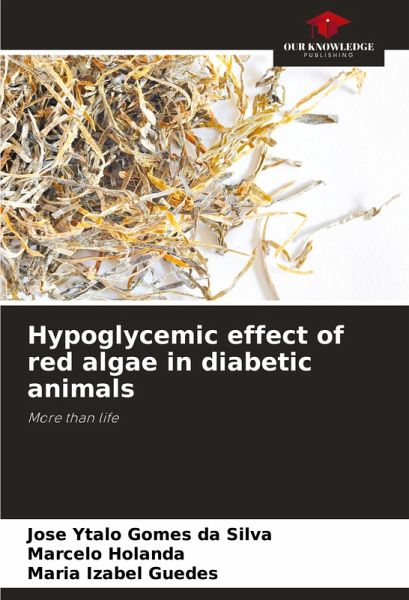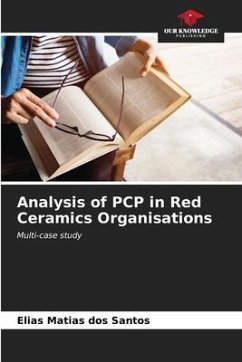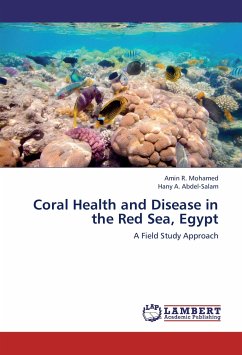
Hypoglycemic effect of red algae in diabetic animals
More than life
Versandkostenfrei!
Versandfertig in 6-10 Tagen
24,99 €
inkl. MwSt.

PAYBACK Punkte
12 °P sammeln!
According to the World Health Organization, diabetes mellitus (DM) is a chronic, non-communicable metabolic disorder that affects 246 million people worldwide. The metabolic disorders caused by diabetes increase the risk of cardiovascular disease, which kills around 17.3 million people every year, and is therefore considered a serious public health problem. Phytotherapeutic techniques have been used since ancient times to treat various diseases, especially diabetes, and in recent years they have been gaining prominence in modern medicine, as has the recommendation to practice regular physical ...
According to the World Health Organization, diabetes mellitus (DM) is a chronic, non-communicable metabolic disorder that affects 246 million people worldwide. The metabolic disorders caused by diabetes increase the risk of cardiovascular disease, which kills around 17.3 million people every year, and is therefore considered a serious public health problem. Phytotherapeutic techniques have been used since ancient times to treat various diseases, especially diabetes, and in recent years they have been gaining prominence in modern medicine, as has the recommendation to practice regular physical exercise. Recently, red seaweed flour (Gracilaria domingensis) was obtained in order to elucidate its composition and phytotherapeutic properties, which may be able to have a hypoglycemic effect, associated with physical exercise, on diabetic animals because it contains antioxidant molecules, minerals and fibers. Acute toxicology tests have shown that red seaweed is non-toxic and therefore poses no risk. In view of the above, this study aimed to evaluate the therapeutic potential of red algae in the treatment of diabetic animals.












